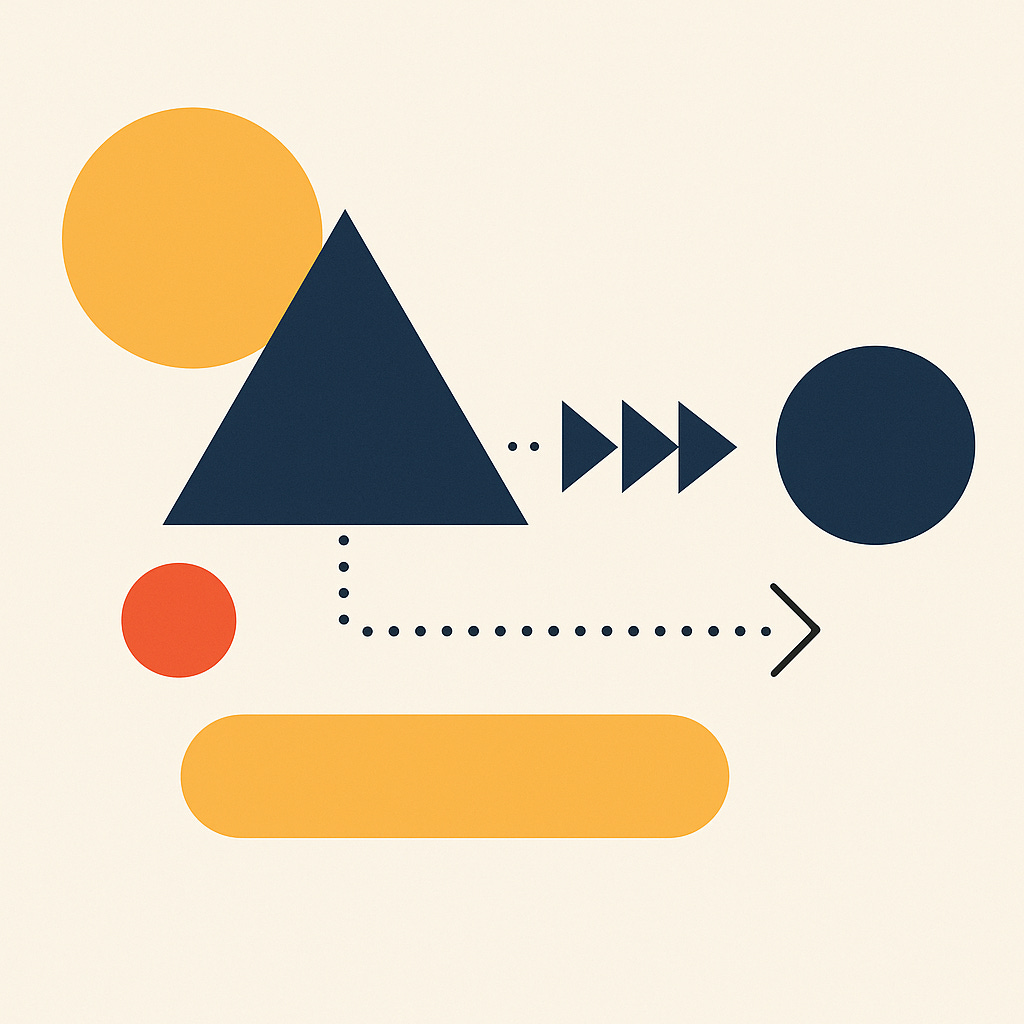Strategic Enablement Services
Beyond Projects and Support: Building a Better Way to Deliver Value
Over the past decade, service organizations have operated in two main modes: projects and support. One offers structure and milestones but struggles to keep pace with change. The other offers flexibility but often lacks focus and accountability.
Neither model fully fits the way modern organizations want to work.
Executives today face tighter budgets, shorter timelines, and accelerating change from technologies like AI and data automation. They need to see progress quickly, but they also want their internal teams to be involved, learning, and ready to take ownership when the consultants roll off.
This reality is what’s driving many firms—including us—to rethink how we engage.
Why the old models are showing cracks
A project SOW can give clarity, but it often locks everyone into assumptions made months earlier. Change orders, delays, and scope debates can quickly drain energy. On the other end of the spectrum, a support agreement can keep work moving but rarely provides the direction or momentum a leadership team expects.
Neither structure accounts for the level of uncertainty most companies are navigating right now. When priorities shift weekly and AI is changing what’s possible every quarter, fixed-scope planning starts to look like a relic.
Clients aren’t rejecting accountability. They’re rejecting rigidity.
A third option: collaborative, outcome-driven frameworks
The answer isn’t to abandon structure. It’s to evolve it.
A collaborative, outcome-driven framework blends the best of both worlds. It keeps the guardrails of a project (defined time, budget, and outcomes) but allows priorities to evolve through shared decision-making. Instead of a waterfall of tasks, the engagement is organized around short cycles of discovery, delivery, and validation.
This model also recognizes something that’s been missing for years: the client’s own team is a critical part of the solution. Their involvement builds buy-in and ensures the work doesn’t die when the engagement ends. The goal is not to deliver for them, but to deliver with them—building capability and confidence along the way.
Why AI is forcing this change
AI is not just another tool. It’s a forcing function. It’s accelerating decision cycles and reducing the shelf life of assumptions.
In the past, you could plan a six-month project around a defined problem. Today, by the time that project launches, the technology landscape and internal expectations may have already shifted.
This new reality rewards teams that can experiment and validate fast, not those who over-engineer the plan.
A collaborative framework gives clients a way to do that safely: timeboxed, budget-controlled, and transparent.
Where this model works best
It’s not for everything.
Highly regulated, mission-critical implementations still need traditional rigor. But when the goal is to validate a concept, test new capabilities, or build internal alignment, this model excels.
It creates space for experimentation while keeping accountability intact.
It’s a structure for progress under uncertainty.
What success actually looks like
The outcome is not a perfectly finished product. It’s a validated foundation:
A working prototype that proves feasibility.
An internal team that knows how to extend it.
A clear path for what should happen next.
When that happens, both sides win. The client gains clarity and capability. The partner earns trust and repeat business.
A closing thought
The consulting world doesn’t need another buzzword. It needs more honesty about what’s working and what isn’t.
Clients are tired of long timelines, endless documentation, and deliverables that don’t survive contact with reality. They want focus, adaptability, and shared ownership.
We’re evolving not because it’s trendy, but because the way value is created has fundamentally changed. Speed, collaboration, and learning now matter as much as scope and milestones.
The firms that understand that shift, and build frameworks to match, will be the ones still relevant five years from now.
Does this model align with what you’re looking for?



Regarding the article, how does AI specifically fit into these new flexible frameworks? Brilliant peice!